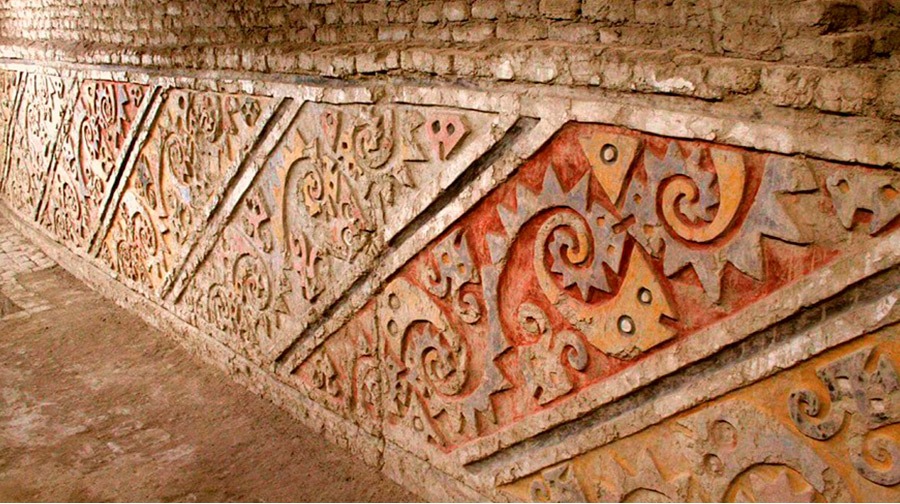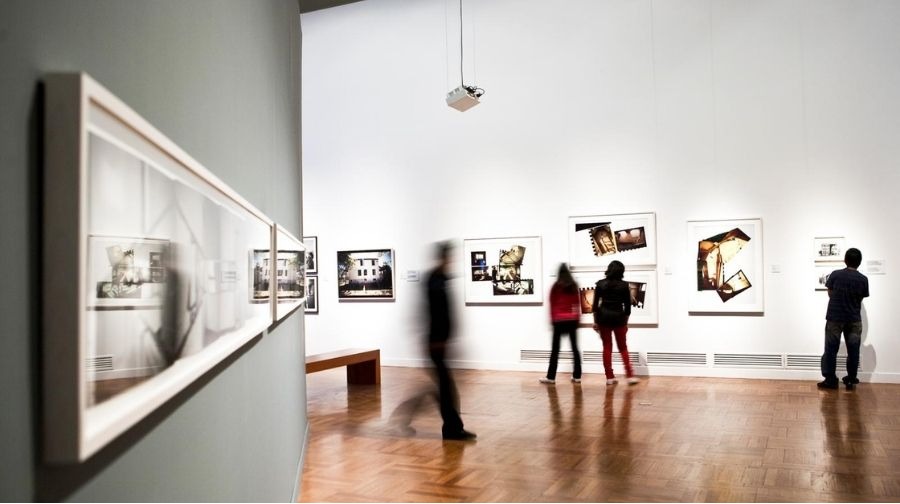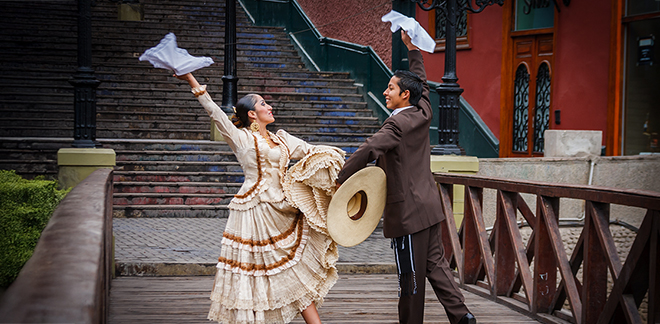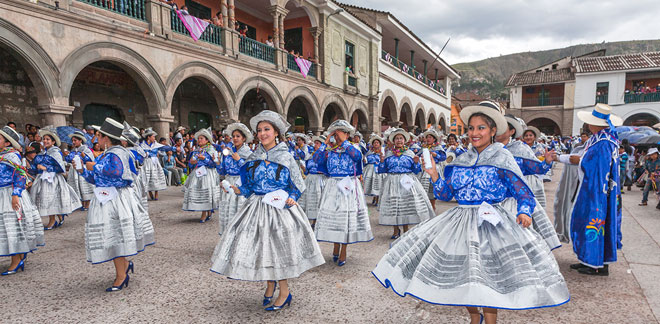Mochica culture: Architecture of the Mochica culture
Síguenos en:Google News
The Moches, belonging to one of the most important cultures in northern Peru, were highly skilled architects. As their raw material is adobe, they built monumental religious-administrative complexes, made up of palaces and temples or huacas (in the shape of a truncated pyramid), which were covered with large murals in high and low relief, painted with colors extracted from the nature, where they shaped their gods, myths, legends and all their cultural worldview. The most notable of these constructions are the so-called Huacas del Sol y de la Luna, in the Moche valley.
WHAT ARE THE CULTURAL MANIFESTATIONS OF THE MOCHE CULTURE?
All the important spaces of the Mochica culture were designed to protect the artistic pieces created. Among the cultural expressions of the Mochica Culture, the work of artisans who were the creators of a very special, very complex style, expressed through metallurgy, wall paintings, wooden sculptures and special ceramics, stands out.
WHAT DID THE MOCHICAS USE IN THEIR ARCHITECTURE?
Therefore, its architecture always surprised everyone. They did not have an urban planning system, but they left two pyramidal huacas of colossal important dimensions: the aforementioned "Huaca del Sol" and "Huaca de la Luna", using in their architecture mud adobes that had the greatest manufacturer's mark. In addition, they had great mastery in the construction of irrigation canals, which are still used in the Chicama valley.
WHAT DID THE MOCHE CULTURE USE TO WORSHIP THEIR GODS?
In important constructions such as the huacas, a rebuilding was used from time to time, in which, instead of remodeling a wall, they covered it by building another in front. This can be seen in all the huacas.
The Huaca del Sol is an immense building that measures more than 40 meters in height and has 5 superimposed terraces: experts estimate that more than 140 million adobes were needed for its construction. At 500 meters from this huaca stands the Huaca de la Luna, 21 meters high and with three terraces, it stands out for its beautiful wall paintings, one of which represents the fierce face of a god, possibly Ai apaec. It is believed that the Huaca del Sol was an administrative center, while the Huaca de la Luna was a religious center.
The houses of the common settlers (town) were erected in small communities. The materials they used were the same as those used for the huacas except for the paintings. The houses had their own patio and gabled roof for the rains.
About the Mochica culture
The Mochica culture emerged in the Early Intermediate, between 100 and 800 AD. in northern Peru, between the Lambayeque and Huarmey valleys. Its cultural center was the Moche and Virú valley near Trujillo.
Its ceramics, considered the best of ancient Peru, stand out, as well as its architecture represented in the Huaca del Sol y de la Luna. It was an advanced South American society, with cities, temples, canals, and farms located along the arid coast in a narrow strip between the Pacific Ocean and the Peruvian Andes.
As an important part of its ceramic art are three-dimensional representations of animals and people and the famous "huaco-portraits".









